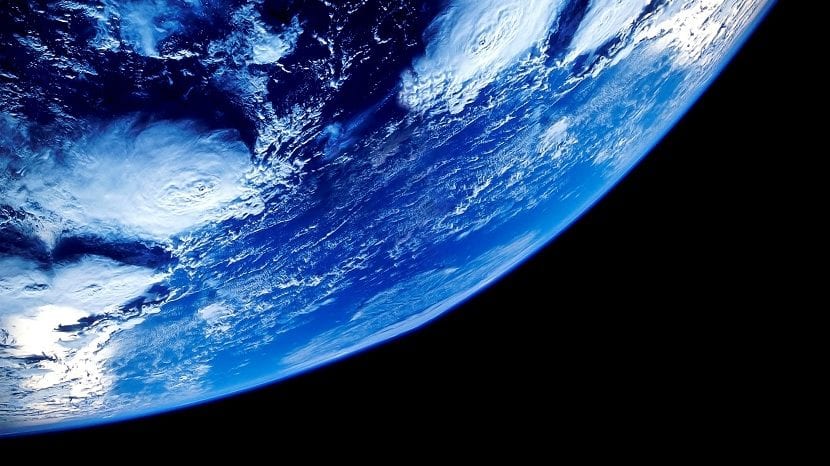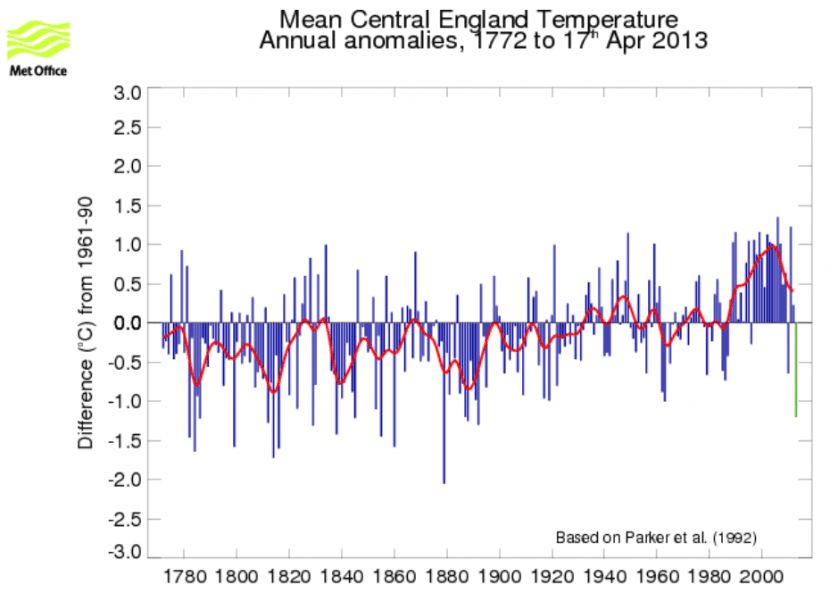
Sun. The energy source of life on Earth. Despite being 149,6 million kilometers away, it has a remarkable impact on our little planet. Without it, it would be nothing more than a cold, rocky balloon sailing through the Universe.
But How does the sun affect the weather? What is the relationship between the star and the globe?

The planet we live on has a dense atmosphere, so much so that a good part of the solar energy that reaches us is lost when passing through it. The most harmful rays, such as gamma rays, X and a good part of ultraviolet rays, do not reach the biosphere thanks to this layer that surrounds the Earth.
We do not receive the same amount of solar energy in all parts of the world or on every day of the year. Depending on the inclination of the axis of the planet, and the density of the atmosphere in a certain place, the solar rays can arrive more or less weak, and more or less direct. This explains why at the poles, places that are farther from the sun and where the atmosphere is much denser, the temperature can drop to -80ºC or more: in hot deserts rise to 60ºC.
These variations cause pressure changes in the atmosphere, forming wind currents that join the ocean currents and produce phenomena such as hurricanes, tornadoes, etc.
Solar cycles and climate

Image - Met Office
The sun has cycles of 11 years, during which more or less spots can be observed. It is known that the fewer spots there are, the colder it will be on planet Earth. During the Little Ice Age that ran from the early XNUMXth century to the mid-XNUMXth century, the solar activity reflected in sunspots was very low. This period of low activity, known as the Maunder Minimum, which coincided with a time when temperatures were very low, assumes that sun spots influence the climate.
Are we heading towards an Ice Age?

There are many doubts about it. Currently, we are immersed in a period in which the sun is decreasing its activity, and according to a study published in the journal Science there is about a 15-20% chance of a new Maunder Minimum occurring.
In that case, the global average temperature would decrease 0,1ºCWith Europe, Asia and North America being the places where it will be most noticeable, with a decrease between 0,4 and 0,8ºC. It would not be enough to stop global warming, but it would serve to mitigate it in the areas mentioned.